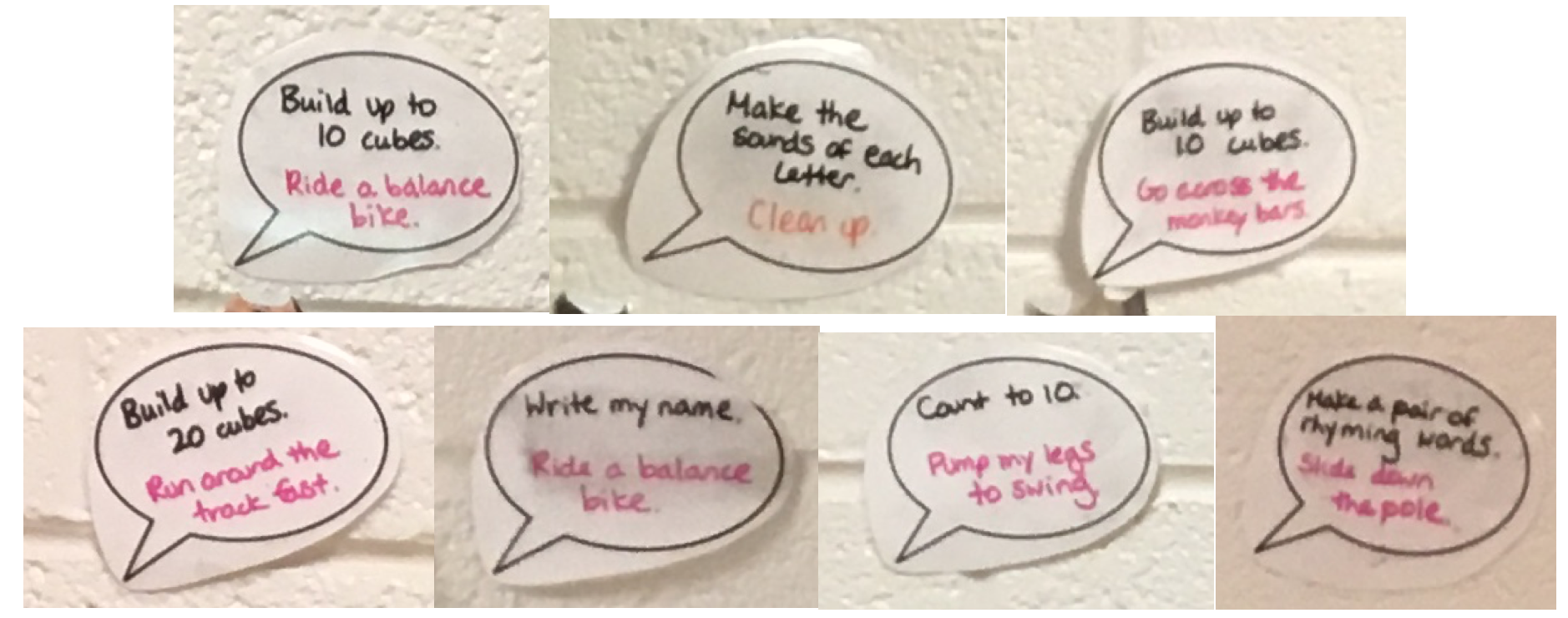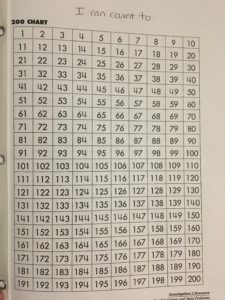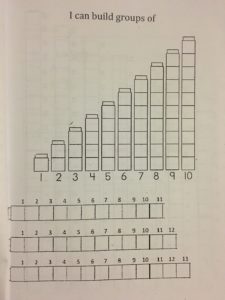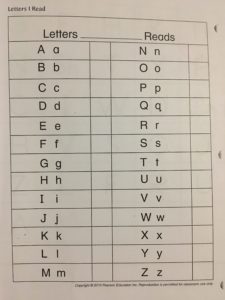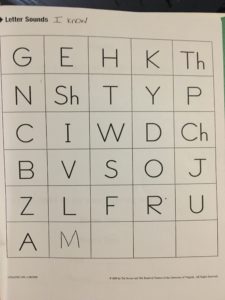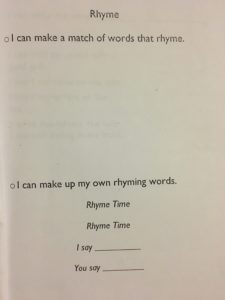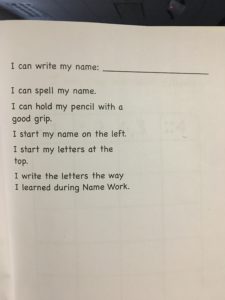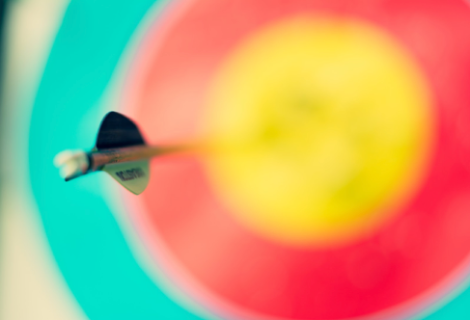Individual Academic Goals & Mid-Year Data
Since our October workshop on Student-Centered Assessment and Goal Setting, we’ve shared strategies for noticing and encouraging students’ naturally occurring, in-the-moment goals and for modeling goal setting and the student-centered assessment cycle explicitly through class goals. Now, it’s time to delve into our favorite: setting and coaching academic individual goals.
First, why is this our favorite? Because this is the heart of our work as educators. We know children naturally set goals in their play, in their work, and in the moment. Noticing and encouraging these naturally occurring goals is one way to make the student-centered assessment cycle explicit. Another is to model class goals. Our ultimate goal is to grow assessment capable visible learners because these learners make the most growth and continue making the most growth throughout their learning lives.
What are assessment capable visible learners? John Hattie along with Nancy Frey and Doug Fisher (2018) define assessment capable visible learners as learners who:
- Know their current level of understanding
- Know where they’re going and are confident to take on the challenge
- Select tools to guide their learning
- Seek feedback and recognize that errors are opportunities to learn
- Monitor their progress and adjust their learning
- Recognize their learning and teach others
Remember Hattie’s meta-analysis and the influences with effect sizes greater than the hinge-point 0.40? Each of these characteristics of assessment capable visible learners are influences with high effect sizes, meaning students engaged in this type of work can make more than one year’s growth.
Mid-year is a perfect time to share your newly-collected, mid-year data with students and help them identify individual academic goals!
The first phase of the student-centered assessment cycle is Goal Setting and Planning. There are five steps for setting a goal (Hansen, 1998):
- Collect: Understand the learning terrain and reflect on related experiences: What’s possible? What do you already know? What barriers are there?
- Reflect: Brainstorm what you already know related to the learning terrain. Evaluate yourself in relation to the possibilities.
- Select: Brainstorm what you want to know/be able to do relative to the learning goals. Select one strategic, measurable, appropriate, realistic, time-limited goal.
- Project: Analyze the task using success criteria. Develop a plan for deliberate practice. How will I know when I have met my goal? What do I need to do to accomplish this? How will I track my progress?
- Affect: Brainstorm how learning or mastering this will affect you as a learner and a person.
Goal Setting and Planning In Action
At mid-year, your students have collected. They understand the learning terrain and can discuss what is possible within the content areas, class schedule, and expectations of the learning community. You can activate this knowledge through whole group, small group, or individual conversations.
Sharing your mid-year data with students will help them reflect on what they already know related to the learning terrain and how much further they need to go to meet the learning goals for the year. Before meeting with students, you need to decide which data to share with them and how.
- What concepts, knowledge, or skills are most significant and ones that students can deliberately practice independently? In my PreK class, I identified five literacy goals (letter recognition, letter sound knowledge, rhyme, syllabication, name writing) and three math goals (oral counting, set building, and subitizing).
- How will you visually show students where they are in relation to the goal? While I could share PALS (Phonological Assessment Literacy Screen) and AMC (Assessing Mathematical Concepts) assessment printouts with students, I have found or created more kid-friendly visuals. For each visual, there is space to highlight, circle, or include an example of what each student do. Here are some examples:
- How will you talk to your students about where they are in relation to the goal? I hold one-on-one conferences with each student. Together, we highlight what they know and can do currently and put each visual into a binder. We celebrate each bit of knowledge and skill no matter how big or small.
Now it’s time for each individual to select a goal. Because you’ve chosen the most significant concepts, knowledge or skills that can be deliberately practiced independently and you’ve communicated to students where they are in relationship to the learning goal, students have choices that will all be strategic, measurable, appropriate, realistic, and time-limited goals. In my one-on-one conferences with students, I ask, “Which of these would you like to be your goal?” Then I flip back through each visual reminding them of the topics. When they choose a topic, we look at that visual again as I ask, “What would you like to be able to do next?” We identify what that will look like on the visual and then we record their goals.
Like each of the previous steps, the project step can vary from class to class and student to student. The data visuals help my students describe what it will look like when they’ve met their goals. Together, we brainstorm a list of times when they can deliberately practice their goal. We name very specific times in our schedule to work on their goal and the types of work they can do. For example, if a student chose name writing as their goal, we identify three times to work on their goal: write their name on their work during Writing Workshop, meet with the IA to practice name writing one-on-one, and write their name on their artwork during centers. If a student chose building sets to 20 as their goal, we identify three times to work on their goal: number talks, building and counting during centers, and our three-time-a-week, independent work time called Goal Work Time.
The affect step can be easy to skip but is important to talk about even briefly. This step is the “so what?” It is also a chance for students to identify future opportunities to transfer this skill or knowledge. After students have set their goal and made their plan for deliberate practice, I ask, “Why will it help you to write your name?” or “Why is it important to learn how to build sets to 20?” Because students understand the learning terrain, they will have ideas. You can also suggest some opportunities as well.
Now it’s time to take the first step toward setting individual academic goals in your classroom. Look at your mid-year data. Identify the most significant concepts, knowledge, or skills that students can deliberately practice independently. Some easy go-tos: reading across genres, series or authors, reading with fluency, using mastered spelling features in writing, writing like an author, writing across genres, math fact fluency, oral counting, subitizing, and written explanations.
For more about assessment capable visible learners, check out this blog (3 Indicators of Assessment Capable Visible Learners) and their new book: Developing Assessment Capable Visible Learners: Maximizing Skill, Will, and Thrill.
